Yesterday’s blog explored the enthusiasm some of us have for finding shed antlers – and how that enthusiasm can turn into an obsession that threatens wintering mule deer and elk.
But shed hunting can be a fun springtime pursuit – and you can easily do it in a way that doesn’t bother wildlife.
Finding an antler in the woods may seem like finding the proverbial needle in the haystack. With a little practice, you can find some nice sheds for your collection.
Here are some tips to get you started. While this post focuses mainly on finding white-tailed and mule deer sheds, the principles also apply for moose, elk and other antlered critters.
The Basics
When to Go: When deer shed their antlers is highly variable, and dependent on a number of factors. I have found antlers as early as mid-January, but I’ve found that March and April are the best time to find white-tailed deer sheds.
Mule deer and elk often gather in wintering areas – making finding sheds easier but also increasing the threat to these animals. Wait until mid-April or May to begin your search.
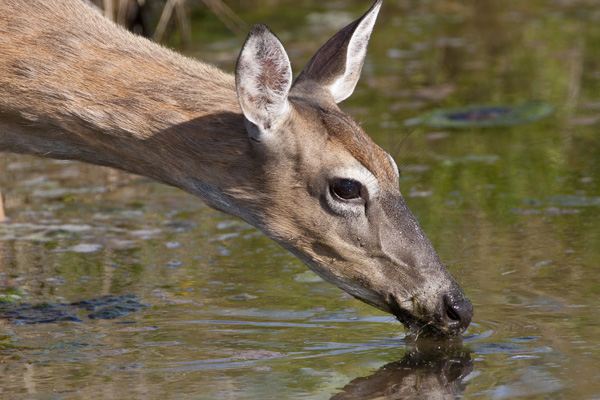
Learn Deer: As with any nature-based activity, you’ll be more successful and have more fun if you know the biology, habits and ecosystem of the creatures that live there. Spend some time observing deer at other times of year, and you’ll be well on your way to learning some shed hunting hotspots.
Fortunately, there are volumes of information on deer and elk to learn more about their biology. I recommend starting with the works of biologist Valerius Geist and photographer Leonard Lee Rue III. They helped ignite my interest in deer as a child and continue to contribute important work on the subject.
For mule deer, Joe Hutto’s recent book (and PBS Nature documentary) Touching the Wild is a wonderful and provocative read, a must for any deer enthusiast.
It includes the best descriptions yet of what a deer experiences when it sheds an antler – his firsthand observations (and photos) suggest it’s as disorienting as you might imagine.
And there’s a lot of online information, too, like my friend Hal Herring’s definitive piece.
Stay on the Trail. No, not the hiking trail. The deer trail. In many areas, deer create runways every bit as well-worn as those created by humans. Follow them, and you’ll learn a lot more about deer. It’s also where I have found many of my sheds.
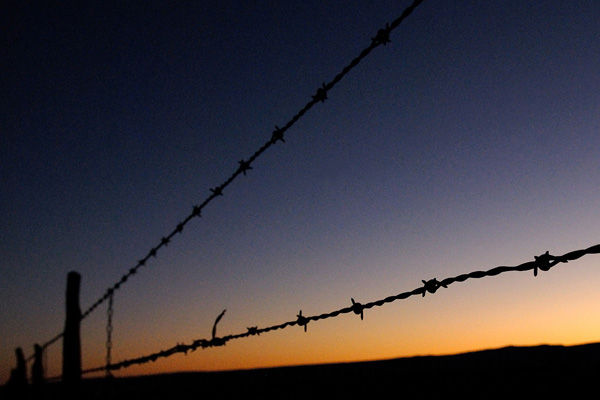
Follow the Obstacle Course. Deer antlers loosen, so obstacles in their path – a branch, a patch of brush, a fence – can knock them off. Look for places deer trails encounter such obstacles. These are prime places to check throughout the spring.
One of my favorite finds was a pair of antlers I found by a fence in the Flint Hills of Kansas. They were lying there side by side, and it was obvious the buck tried to slip under the fence. The fence was not high, so I have no idea why he didn’t just jump.
But it’s mysteries like these that keep me hunting sheds.
Expert Tips for the Eastern Forest
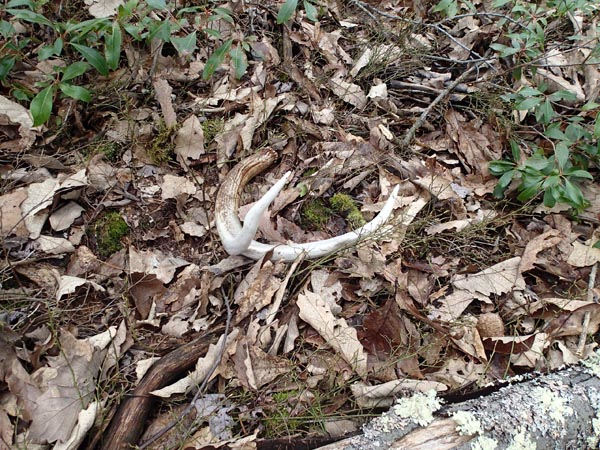
White-tailed deer are over-abundant in the eastern forest, and well adapted to humans. That makes the eastern forest prime shed hunting territory.
It is also, in my experience, one of the most difficult habitats to search. Dense foliage, leaf litter on the forest floor and hilly terrain conspire to hide antlers from view.
For advice, I turned to Mike Eckley, conservation forester for The Nature Conservancy in Pennsylvania.
Eckley spends a lot of time in the forest. He also spends a lot of time with deer – conducting research, promoting quality deer management, reaching out to hunt clubs, writing about deer, thinking about them.
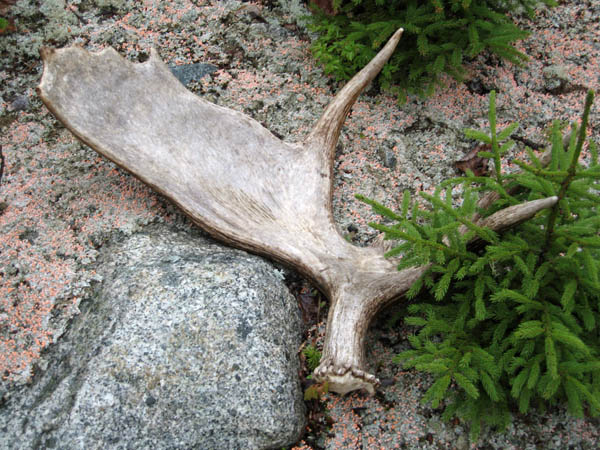
And in the spring, he hunts sheds. Here are his tips for finding them in the eastern forest:
* Target south and southwest-facing slopes that receive more sun. These are preferred bedding areas by deer.
* Target the areas where deer bed and where they move from bedding areas to feeding areas. Deer trails are often highly visible.
* Before snow melt, get out in search of tracks. Note where you discover concentrated overwintering deer activity. Once the snow melts, revisit those sites.
* In the eastern forest, get out quickly before things green up before the critters devour them (porcupines and rodents can consume them quickly).
Yes, porcupines do indeed devour antlers (and other unusual things) – but this is a topic for a future blog.
One of the best ways to find antlers is to look for antlers. That may seem like common sense, but you’ve probably walked by many because you weren’t looking.
So get outside and start your search. Just be sure to respect the animals – and please stay out of their wintering areas.
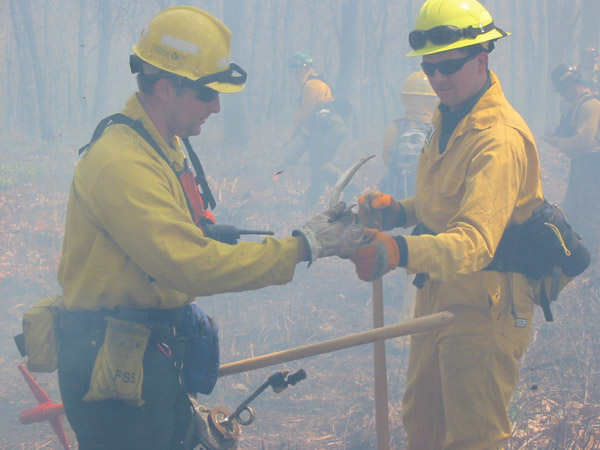
Opinions expressed on Cool Green Science and in any corresponding comments are the personal opinions of the original authors and do not necessarily reflect the views of The Nature Conservancy.
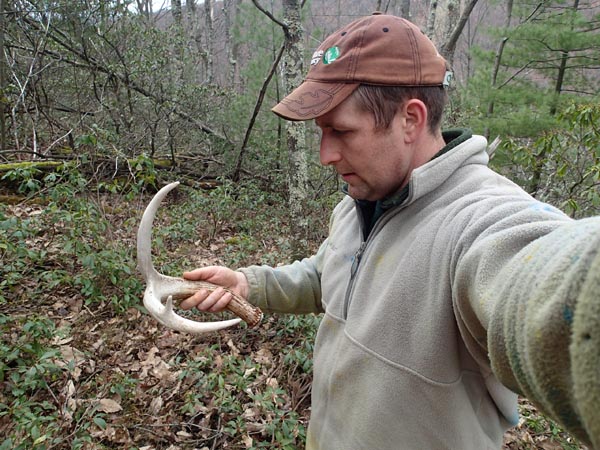
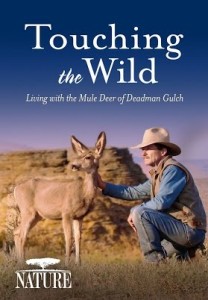



If you don’t have the time or inclination to train a dog for shed antler hunting you can always call upon a professional trainer for help. Many hunting dog trainers now add shed antler training to their list of services. A quick online search can unveil any qualified trainers near your zip code. My hiking partner and coyote dog, Sage, also doubles as a shed antler hunting dog when she feels the urge. As a pup I included shed antler hunting training into her role as an all-around outdoor dog. She enjoys engaging with coyotes more than shed antler hunting, but every time we hike I’m amazed at the antlers she digs up buried in inches of forest duff. She doesn’t embrace retrieving, but I keep a close eye on her as we hike. Whether it’s an old antler or a lion-killed deer, she’ll zero in on it, sniff it and then continue on her way. I never bypass a location when I watch her stop to investigate.
yes I will try looking in places where it good to find em!
Hello
I found a Roe shed in my back yard and wondering if that would belong to me or the mice?
when in bc nelson bc area find atlers
You know I am just a dumbbell I guess, as I have never ever stopped picking up Moose, Elk, or Deer sheds due to the furry little animals I may be robbing a meal from. I was aware that the little guys did chew on antler sheds but I am still having a very hard time believing that what sheds I can haul off would have any effect on any part of the ecosystem. But when you said Bears get a source of calcium from them, I have to call BS. I don’t know what amount of calcium is a source for a bear but I bet it is a lot more than it can get from an old or fresh shed. Bears, (my belief) would take a sniff of an antler and walk right on by knowing in that rotten ol’ log right next to the shed is full of several big juicy caterpillars that have been eating the log for sustenance. Then it would be off to that berry patch, the river to fish, that road kill or that kill the cougar buried for later etc. etc. etc. think you get the point. Nope, not enough damage to the ecosystem to ever be concerned with. Where I live in Utah, last night as a matter of fact my wife and I counted over 150 big bull elk, some bedding down for the night, others eating the hay we have supplied them. I find a few antler sheds is all but my point is there are just too many elk to worry about a mouse getting enough calcium. I use peanut butte in my mouse traps, wonder if that provides enough?
I realize this is an old blog… but there’s actual scientific documentation of bears chewing on antlers, ostensibly as a source of calcium and phosphorus: see, for instance https://bioone.org/journals/Northwest-Science/volume-85/issue-3/046.085.0307/Osteophagy-by-the-Grizzly-Bear-Ursus-arctos/10.3955/046.085.0307.full
Hello,
My name is Carl Pelletier from the Town of Jackson, Wyoming. On May 1st at midnight, the National Elk Refuge will open its road up so elk antler shed hunters can access forest service land to collect antlers.
There are some changes this year from the way this has operated in year’s past and we wanted to get the word out to possible visitors to the area.
In year’s past shed hunters were allowed to park on the Elk Refuge access road and wait until 8am on May 1st to access the National Forest Service. This year the National Elk Refuge Road will open at midnight on May 1st. The road WILL NOT be open for parking before this time and parking throughout east Jackson will be extremely limited. We are encouraging all shed hunters to stage in the Fairgrounds/Rodeo Grounds parking area.
I’ve attached a press release to this email, but please feel free to contact me with any questions that you might have!
Elk Antler Hunting Parking Changes
March 20, 2016, Jackson, WY – The National Elk Refuge recently announced a change in regard to Refuge access and travel when wintering wildlife closures are lifted this spring. For many years the Refuge allowed people interested in accessing the National Forest on May 1 to line up on the Refuge Road beginning April 30. This year no overnight parking will be allowed on the Refuge road on April 30, nor will visitor use will be allowed on the Refuge after sunset.
In an effort to minimize disruption to residential areas of East Jackson the Town Council has requested that several temporary No Parking zones be established in East Jackson on Broadway, Nelson, Rancher, Absaroka, Wapiti, Redmond and Simpson. Parking will not be permitted in these zones beginning at 6:00pm on April 30. This restriction, applying to both visitors and residents alike, will remain in place until 12:00am on May 1.
“We anticipate that between 100 to 200 vehicles, many with horse trailers, will be looking for a place to park as close to the Elk Refuge Road as possible in order to access the National Forest,” said Police Chief Todd Smith. “Many of the streets closest to the Refuge entrance are located within residential areas and in an effort to prevent disturbances in these neighborhoods we will be educating visitors and enforcing this temporary No Parking rule.”
Parking in the Town of Jackson near the entrance to the Elk Refuge on April 30 will be extremely limited. Antler collectors are encouraged to stage at any of the public parking lots in town including the Home Ranch Lot, the Deloney Lot, the Phil Baux Lot and the Fairgrounds Lot.
“The intention is to encourage elk antler collectors to find more appropriate places to park or have them seek lodging for the evening rather than parking in front of homes and potentially causing disturbances for local residents in surrounding neighborhoods,” said Town Manager Bob McLaurin.
The goal of the Police Department is to maintain a high level of quality of life for Jackson residents in the least obtrusive manner possible. In an effort to keep the streets clear of vehicles until midnight on May 1, residents are encouraged to plan on parking their vehicles their driveways and visitors are advised to park in public lots throughout town or to seek lodging at a local hotel.
For more information on these temporary No Parking zones and public parking locations please contact the Jackson Police Department at (307) 733-1430 or visit the Town of Jackson’s website at http://www.townofjackson.com.
The new Refuge access and travel regulations are explained in a news release on the web at http://1.usa.gov/21y0iuN . For more information regarding the May 1 Refuge access and travel changes please contact the National Elk Refuge at (307) 733-9212 or stop by their administrative headquarters located at 675 East Broadway. You can also find informational handouts at the Jackson Hole & Greater Yellowstone Visitor Center which is located at 532 N. Cache Street, or on the web at http://1.usa.gov/1pyxSp2 .
Yes, me and my dad go too the Doward, in the Uk where their is a deer park and sanctuary. My dad has been looking for 40 years! And I have been looking for just over 10 years. We have seen sheds but never been able to get to them! For example, yesterday coming home from work we saw a pair of antlers on the side of the road. We where going at 70mph so we couldn’t stop. We have no sheds yet and are going deer hunting tomorrow. Any tips too find Fallow deer antlers?
I completely agree with the comments about not collecting antlers. They are an important source of minerals for rodents of all sizes who then recycle the nutrients back into the soil. As a professional wildlife ecologist I have always discouraged the collection of antlers and hope others might see their importance to ecosystems.
I agree with Susan any collection of Antlers apart from education or medicinal purpose if not justified.
I’m surprised at this article. I am a biologist in western Canada – so this is not an uninformed comment. Shed antlers are an important part of the ecosystem, providing a source of calcium to small breeding mammals such as mice and squirrels and even larger mammals such as bears (http://www.bioone.org/doi/abs/10.3955/046.085.0307). Picking up a shed antler, esp if for education purposes is probably okay – but I would not advocate make a “collection” of them! Removal has an impact on the local ecosystem. Tread softly.
Excellent point. And thanks for the reference!
I concur with Susan (although I am not biologist). On U.S. Federal Parks & Refuges; ANY organic collecting of flora or fauna is prohibited; including stripping our beaches of shells. (just ask homeless hermit crabs!) Small mammalian tooth marks on sheds reveal its purpose in providing scarce minerals. Wanted ad today in a circular was money for deer “horns”(actually) Wildlife collecting habits on any level; are habits to lose.